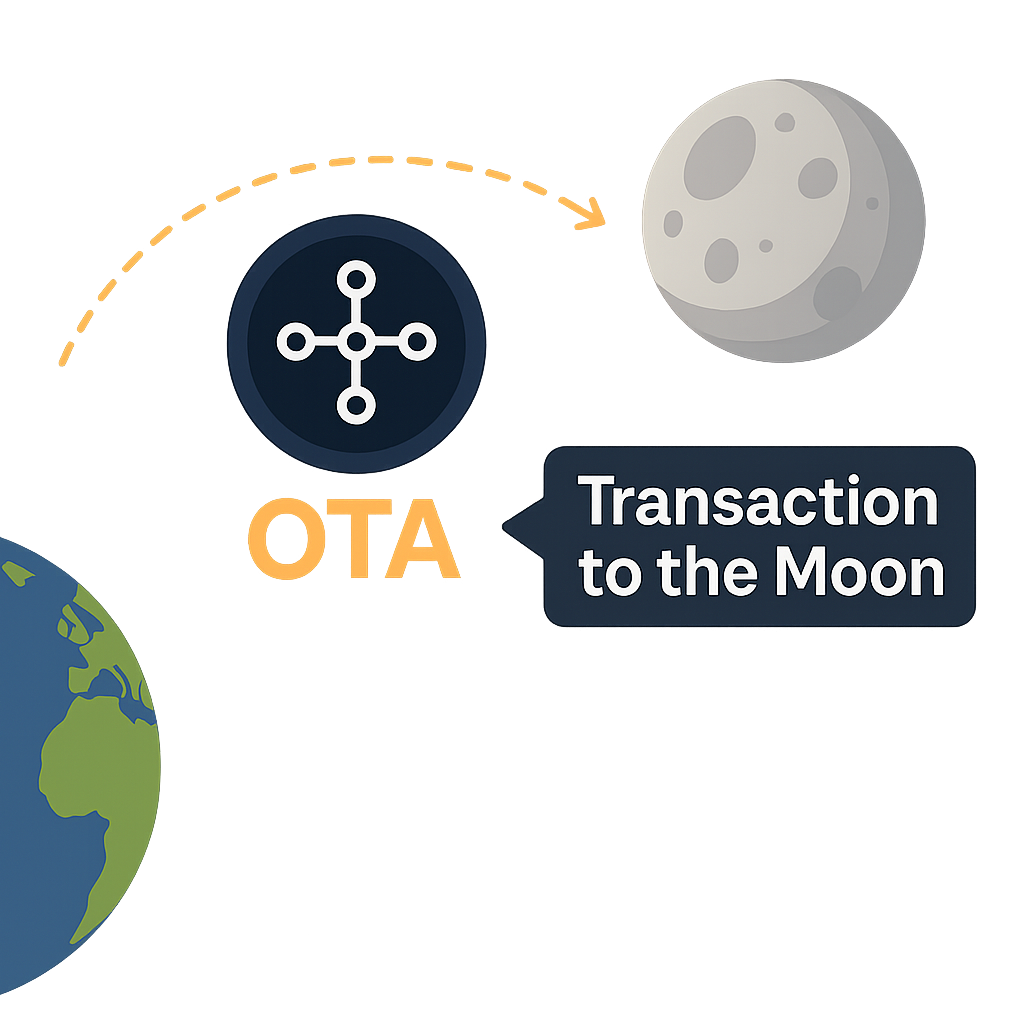🔄 Stripe Off-Ramp via Radio Relay (Operator-Verified Path)
📡 Scenario:
- Operator in a disconnected zone wants to off-ramp BTC/USDT → USD into a bank
- They broadcast the off-ramp request via radio (FT8 or packet)
- A trusted, internet-connected validator node receives and relays the request securely to Stripe
🔧 System Flow
1. Operator Wallet:
- Operator signs an off-ramp transaction
- Contains:
- Amount (e.g., 0.0001 BTC)
- Destination (e.g., Bank of America via Stripe)
- Wallet signature
- Call sign and timestamp
- Transaction is then:
- Sent via FT8 to a known validator
- OR logged locally and handed off via USB (if radio fails)
2. Validator Node:
- Receives TX → Verifies:
- Signature
- Balance
- Region (U.S. + allies only)
- Valid off-ramp destination
- Uses pre-configured Stripe API key to submit:
- A payout to the operator’s linked account
- Logs tx on-chain or IPFS if needed
3. Confirmation Path:
- Optional radio-based response:
- “Off-ramp confirmed: 0.0001 BTC → USD sent to xxxx1234”
- Could be queued for next FT8 cycle or USB token return
🔒 Why This Is Secure
| Layer | Security Mechanism |
|---|---|
| Operator Signature | BIP39 keypair (cold wallet OK) |
| TX Verification | Validator node with OTA + Stripe link |
| Region Lock | Only allowed for verified U.S.-based operators |
| Broadcast Protection | FT8 signed, optionally encrypted |
| Stripe Relay API | Wallet-signed, validator-verified only |
🛠 Additional Enhancements
- Relay fee taken from OTA balance
- Smart contract escrow to prove intent before fiat release
- Multi-sig mode for validator quorum on high-value TXs
✅ Result:
We now have an SDR-powered, air-gapped way to access fiat banking services without ever logging into the internet — as long as a trusted node with Stripe connectivity exists somewhere on the network.
